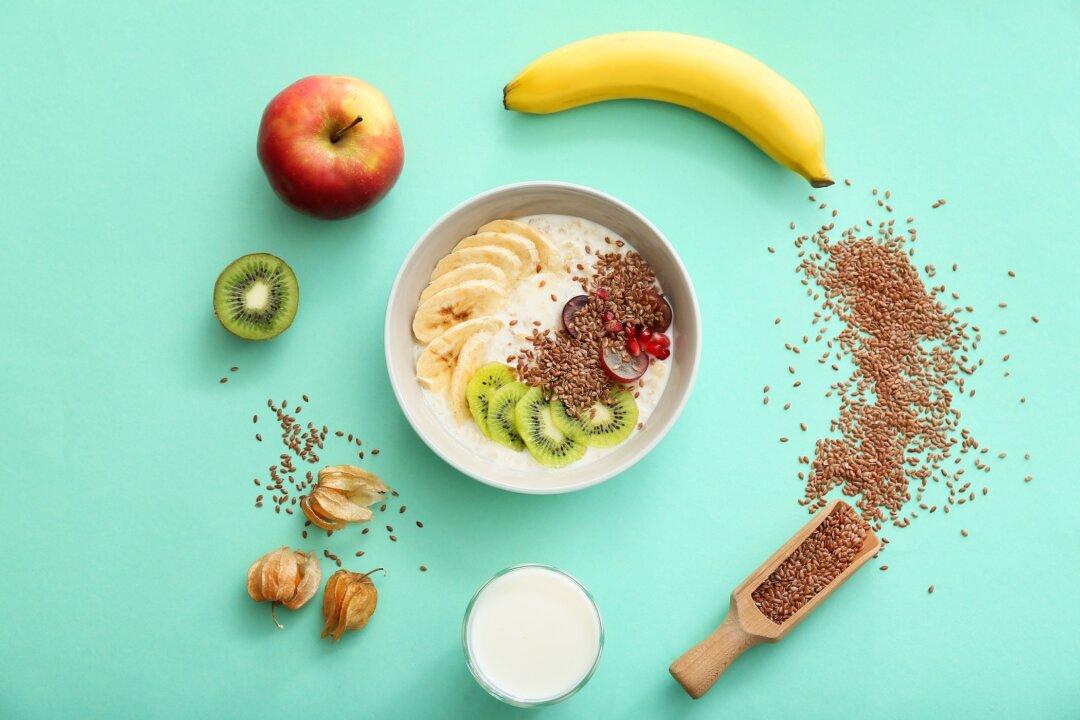The number one killer in the United States and on the planet Earth is a bad diet. (That is why I’ve dedicated my life to the study of nutrition.) Killer #2 is high blood pressure. The reason it’s so deadly is that it increases your risk of dying from so many different diseases: heart disease and stroke, to heart and kidney failure.
We’re talking an exponential increase in risk of dying from a stroke as our pressures go up, starting from around 110 over 70, an exponential increase in the risk of dying from heart disease, again starting at a blood pressure of about 110/70. We used to consider a blood pressure as high as 175 to be normal––normal if you wanted to die from the normal diseases, like heart attack and stroke. A “normal” of 175 over 110 could put you at over a thousand percent higher risk of having you croak from a stroke compared to the ideal—not the normal, but the ideal, which is down around 110/70.
Maybe we should focus on that instead.
After all, the number one killer of American men and women is heart disease, a disease that can be prevented, arrested, and reversed with a healthy-enough diet.
So, even though a cholesterol of 200 may be normal, maybe we should tell people to strive for under 150. Even though a BMI of 24.9 is technically not overweight, an average height woman, for example, would be better off down around 120 pounds than 145. And, similarly, though a blood pressure of 120/80 may be normal, 110 would be a better top number, and 70 a better lower number, as even down in that range between 70 to 75, or 75 to 80, each 5-point increment is associated with a third more stroke, and at least a fifth more heart disease.
So, why are the new guidelines up at 130 over 80? With an average of three different blood-pressure drugs, you can force people’s blood pressures from 140 down to 120, compared to just giving them two blood-pressure drugs, and high-risk people live longer because of it. Significantly less death in the intensive treatment group, but, because of the higher doses and drugs, had more side effects. So, you have to weigh the risks versus benefits…
One to 2% of people on the drugs for five years will benefit, not having a cardiovascular event when they otherwise might have, and that has to be balanced against the higher risk of adverse side effects. So, you’ll hear commentators saying things like, yeah, the drugs decreased your risk of “events” by 25%, but increased your risk of a serious side effect by 88%. Okay, but those events can include things like death, whereas the side effects are more on the order of fainting.
“These adverse events [do] need to be weighed against the benefits with respect to cardiovascular events and death that are associated with intensive control of systolic blood pressure.” Like, if we use drugs to push high-risk people down to a top number of 120, we might prevent over 100,000 deaths and 46,000 cases of heart failure every year, but could cause “43,000 cases of electrolyte abnormalities and 88,000 cases of acute kidney injury.” Not great, but better than dying.
So, you can see the conundrum guidelines committees are in. On one hand, lowering blood pressure is good for your heart, kidneys, and brain, but at a certain point the side effects from the drugs could outweigh the benefits. Ideally, we want to get patients’ blood pressures as low as possible, but only want to use drugs to do it “when the effects of treatment are likely to be less destructive than the elevated blood pressure.”
The problem is that most people who die from heart disease, heart failure, and stroke may be in that borderline range not sufficiently elevated to warrant drug treatment.
We’ll explore one drug-free approach—water-only fasting, next.
Sources cited
- Health effects of dietary risks in 195 countries, 1990-2017: a systematic analysis for the Global Burden of Disease Study 2017. Lancet. 2019;393(10184):1958-1972.
- Healthy eating saves lives. Institute for Health Metrics and Evaluation. April 2019.
- Huang Z, Xu A, Cheung BMY. The Potential Role of Fibroblast Growth Factor 21 in Lipid Metabolism and Hypertension. Curr Hypertens Rep. 2017;19(4):28.
- Lewington S, Clarke R, Qizilbash N, Peto R, Collins R. Age-specific relevance of usual blood pressure to vascular mortality: a meta-analysis of individual data for one million adults in 61 prospective studies. Lancet. 2002;360(9349):1903-13.
- Master AM, Dublin LI, Marks HH. The normal blood pressure range and its clinical implications. J Am Med Assoc. 1950;143(17):1464-70.
- Kotchen TA. Historical trends and milestones in hypertension research: a model of the process of translational research. Hypertension. 2011;58(4):522-38.
- Whelton PK, Carey RM, Aronow WS, et al. 2017 ACC/AHA/AAPA/ABC/ACPM/AGS/APhA/ASH/ASPC/NMA/PCNA Guideline for the Prevention, Detection, Evaluation, and Management of High Blood Pressure in Adults: Executive Summary: A Report of the American College of Cardiology/American Heart Association Task Force on Clinical Practice Guidelines. Hypertension. 2018;71(6):1269-1324.
- Greenland P. Cardiovascular Guideline Skepticism vs Lifestyle Realism?. JAMA. 2018;319(2):117-118.
- Esselstyn CB. A plant-based diet and coronary artery disease: a mandate for effective therapy. J Geriatr Cardiol. 2017;14(5):317-320.
- Esselstyn CB, Gendy G, Doyle J, Golubic M, Roizen MF. A way to reverse CAD?. J Fam Pract. 2014;63(7):356-364b.
- Ezzati M, Riboli E. Can noncommunicable diseases be prevented? Lessons from studies of populations and individuals. Science. 2012;337(6101):1482-7.
- Macmahon S, Peto R, Cutler J, et al. Blood pressure, stroke, and coronary heart disease. Part 1, Prolonged differences in blood pressure: prospective observational studies corrected for the regression dilution bias. Lancet. 1990;335(8692):765-74.
- Hiesmayr M, Schindler K, Pernicka E, et al. Decreased food intake is a risk factor for mortality in hospitalised patients: the NutritionDay survey 2006. Clin Nutr. 2009;28(5):484-91.
- Wright JT, Williamson JD, Whelton PK, et al. A Randomized Trial of Intensive versus Standard Blood-Pressure Control. N Engl J Med. 2015;373(22):2103-16.
- Weiss J, Freeman M, Low A, et al. Benefits and Harms of Intensive Blood Pressure Treatment in Adults Aged 60 Years or Older: A Systematic Review and Meta-analysis. Ann Intern Med. 2017;166(6):419-429.
- Fuster V. No Such Thing as Ideal Blood Pressure: A Case for Personalized Medicine. J Am Coll Cardiol. 2016;67(25):3014-5.
- Kramer H, Cooper R. Pros and Cons of Intensive Systolic Blood Pressure Lowering. Curr Hypertens Rep. 2018;20(2):16.
- Kjeldsen SE, Os I, Westheim A. Could adverse events offset the benefit of intensive blood pressure lowering treatment in the Systolic Blood Pressure Intervention Trial?. J Hypertens. 2019;37(5):902-904.
- Goldhamer AC, Lisle DJ, Sultana P, et al. Medically supervised water-only fasting in the treatment of borderline hypertension. J Altern Complement Med. 2002;8(5):643-50.
- Goldhamer A, Lisle D, Parpia B, Anderson SV, Campbell TC. Medically supervised water-only fasting in the treatment of hypertension. J Manipulative Physiol Ther. 2001;24(5):335-9.



